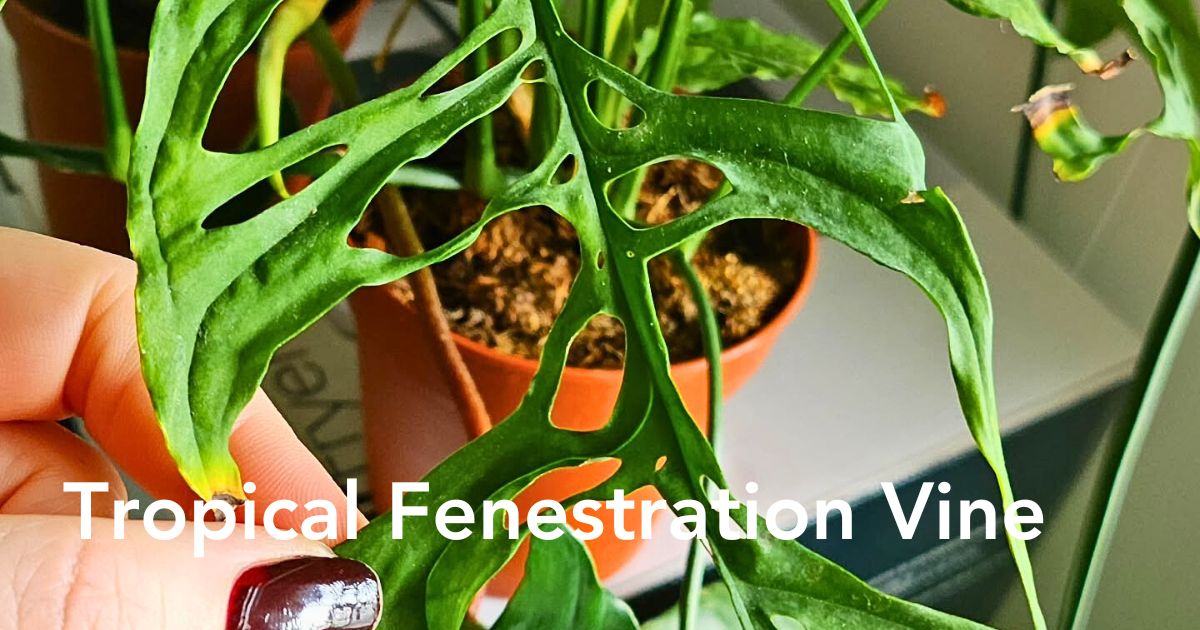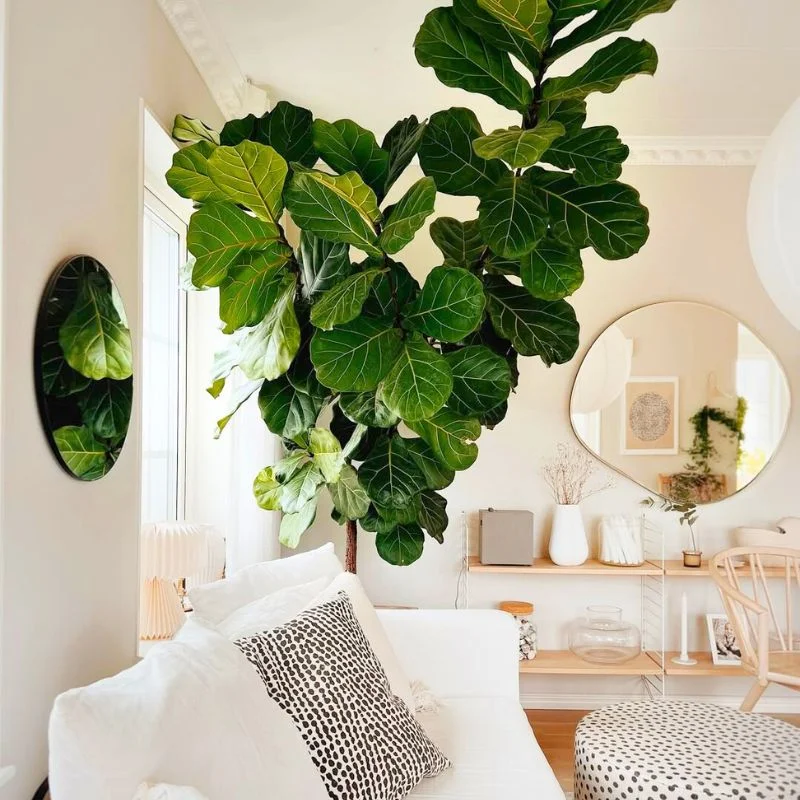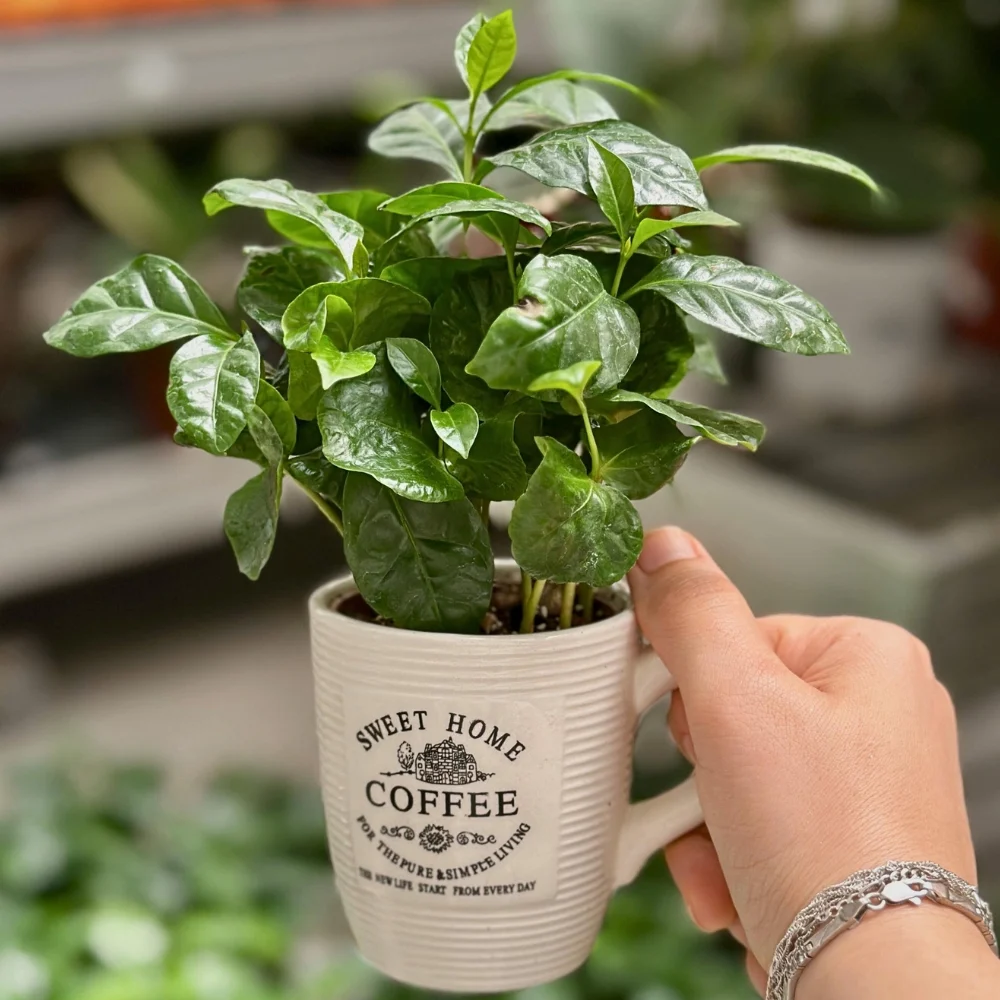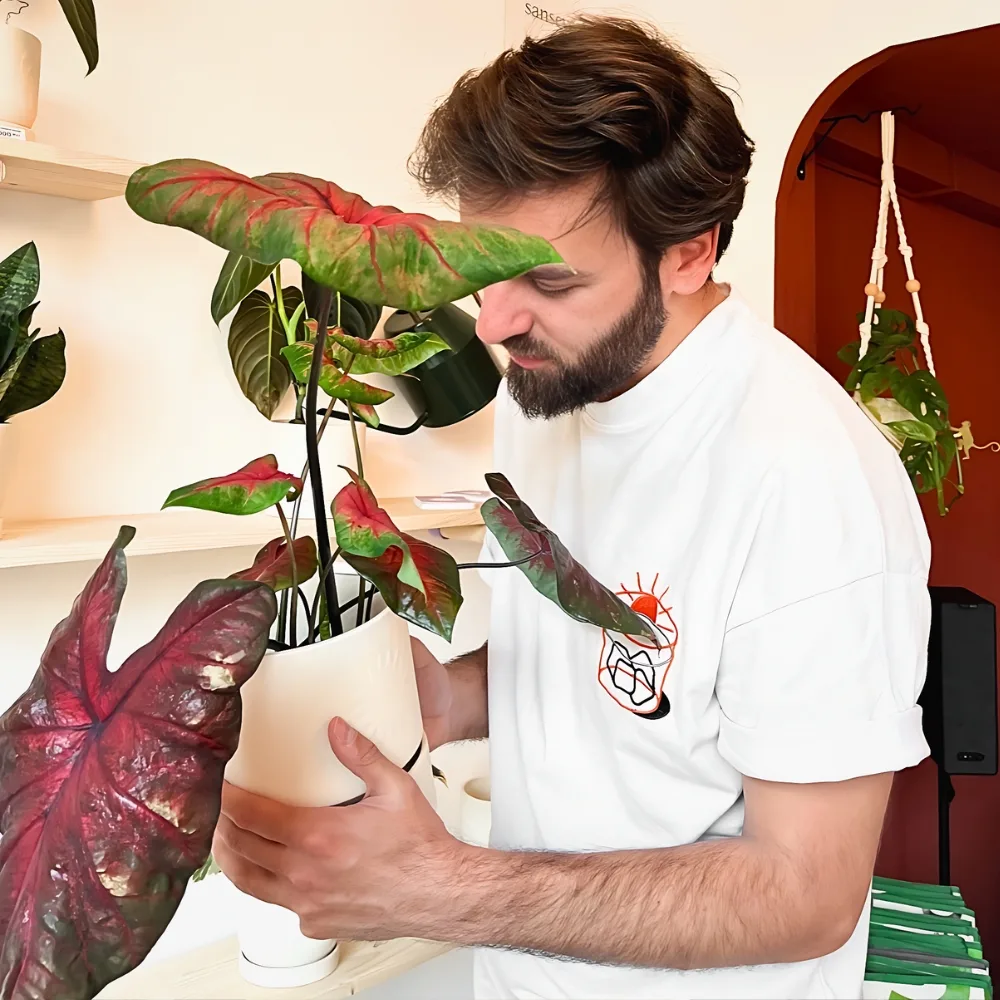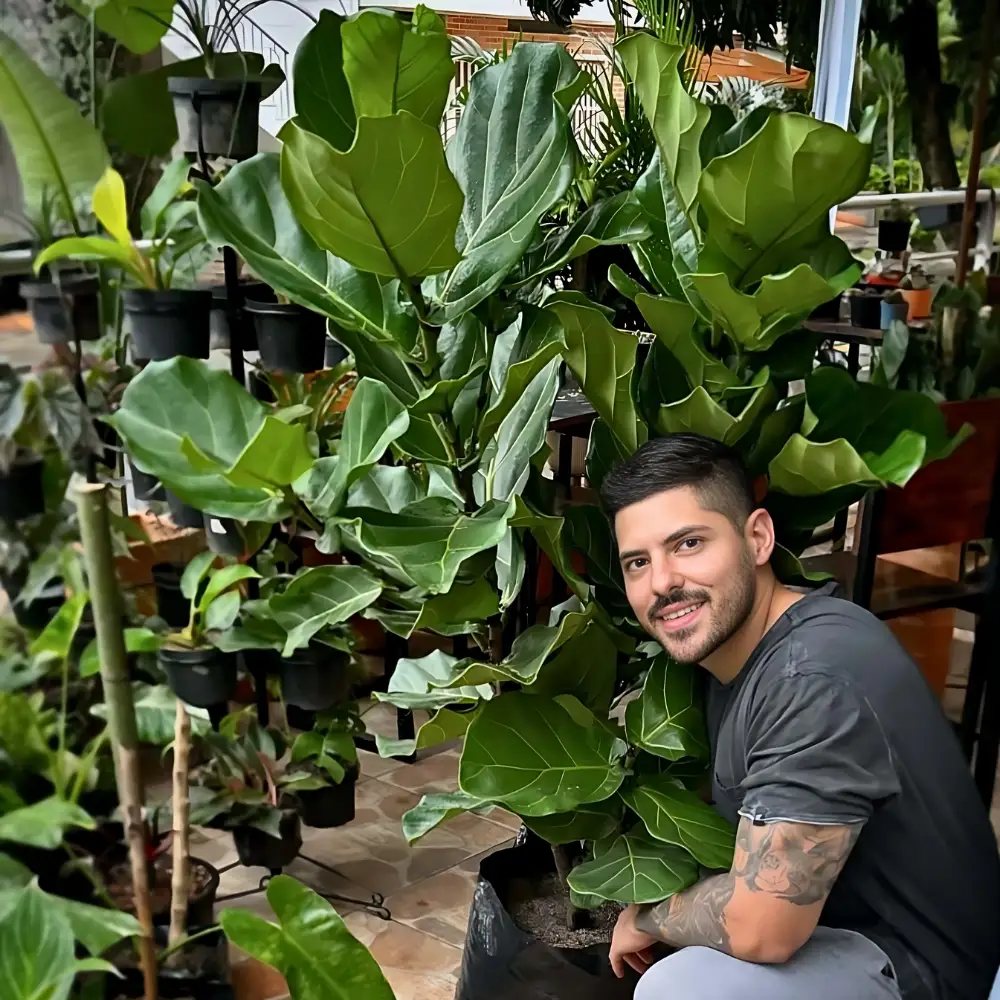If there’s one houseplant that separates the casual collector from the devoted enthusiast, it’s the Monstera obliqua. Known as one of the most delicate and elusive plants in the world of indoor gardening, this rare Monstera species demands attention, effort, and an understanding of its unique character. Especially the famed Monstera obliqua Peru, which displays leaf fenestration so extreme that it borders on lacework. Whether you're already eyeing this fenestration plant or still researching if you're up to the challenge, this guide is for you.
The Genus Monstera: A Quick Overview
Monstera is a genus of about 48 species of flowering plants native to tropical Central and South America. The name 'Monstera' originates from the Latin word monstrum, meaning 'unusual' or 'abnormal,' a nod to the dramatic appearance of their foliage. While Monstera deliciosa is a household name, Monstera Obliqua remains largely unknown outside specialist circles due to its rarity and specific care needs.

Several subspecies fall under Monstera obliqua, including:
- Monstera obliqua Peru
- Monstera obliqua cf Pangui
- Monstera obliqua Amazonas
- Monstera obliqua Bolivia
Each of these showcases subtle yet important differences, with the Peru variant being the most visually iconic. See how Albo, Aurea, Thai Constellation, and other coveted forms compare in growth and availability.
Monstera Obliqua Peru, the Pinnacle of Plant Collecting
When plant collectors refer to Monstera obliqua, they are typically talking about the Peru subtype. Often described as the ultimate rare monstera, this plant features paper-thin leaves with extreme fenestration—up to 90% of the leaf surface can be space. This aesthetic gives the plant its iconic, lace-like look that fascinates collectors and makes it a conversation piece in any collection, giving numerous reasons as to why this, and other Monsteras fetch sky-high prices.

It grows modestly in size and thrives as an epiphytic plant, meaning it anchors itself to other surfaces (like tree bark) and absorbs nutrients from air, water, and debris. Despite its dramatic appearance, the plant is small and subtle in stature, often maturing on smaller trees or root systems.
Looking for a grower? Check out Kwekerij Mostert, known for supplying rare indoor plants, including the elusive obliqua Peru.
The Difference Between Monstera Obliqua and Monstera Adansonii
One of the most common mistakes made by new collectors is confusing Monstera adansonii with Monstera obliqua. Both feature holes, but the difference lies in the degree:

Monstera adansonii develops thicker, leathery leaves, and its fenestration becomes more noticeable as it matures. Monstera obliqua Peru, on the other hand, is known for its fragile, almost translucent leaves, with dramatic fenestration patterns visible even when the plant is still young. Obliqua’s holes are more extreme, occupying nearly the entire surface of mature leaves.

You may see mislabeled plants in garden centers. If the leaves are dense, waxy, and solid with modest holes, it’s most likely an adansonii.
Did you know that Monstera obliqua is among the most expensive houseplants in the world? Read more
Other Subspecies Worth Noting
Monstera Obliqua cf Pangui
This subtype comes from the area around Pangui, Ecuador. The "cf" means it’s comparable to the Pangui regional variety. It’s exceedingly rare and not widely circulated in cultivation.

Monstera Obliqua Amazonas
Known for its elongated leaves with smaller and more symmetrical holes, this variety often presents a downward-hanging foliage habit, resembling Anthurium in posture but maintaining Monstera genetics.

Monstera Obliqua Bolivia
A less fenestrated variant with fewer holes and slightly thicker leaves. It's more resilient than the Peru type but still retains the genetic signature of the obliqua family.

How to Care for Monstera Obliqua
Owning a Monstera obliqua is one thing—helping it thrive is another. This rare monstera species needs specific conditions to maintain its delicate form.
Lighting
Place your obliqua in a space with bright, indirect light. Prolonged exposure to direct sun will scorch its ultra-thin foliage. Near a north- or east-facing window is ideal, or use a grow light set to medium intensity. Working with dim interiors? Browse our guide to the best houseplants for low light.

Humidity
Native to rainforest environments, Monstera obliqua thrives in high humidity, preferably 80% and above. A basic humidifier often won’t suffice. Use pebble trays, misting routines, or house the plant in a glass cabinet, grow tent, or greenhouse setting for best results. Many high‑humidity plant strategies overlap with setting up moisture‑loving species in steamy spaces—here are adaptable ideas.
Watering
Water consistently but sparingly. Allow the top 1–2 cm of the soil to dry between waterings. Avoid soaking the soil, as the thin roots are prone to rot. In dry indoor environments, check soil moisture daily.
Soil Composition
Use a well-draining, airy substrate. A custom mix might include orchid bark, coconut coir, perlite, and a small amount of activated charcoal. This mimics the loose, nutrient-rich debris of a tropical forest floor.

Feeding
Apply a diluted, balanced liquid fertilizer every 4–6 weeks during the growing season (spring and summer). Avoid overfeeding, which can burn the roots.
Temperature
Keep the plant in a consistently warm room—ideally between 20–28°C (68–82°F). Temperature dips below 15°C (59°F) can trigger dormancy or leaf drop.

Structural Support
Provide a moss pole, plank, or other vertical support. This not only helps the obliqua climb but also encourages larger and more fenestrated leaf growth.
Common Challenges When Growing Monstera Obliqua
- Susceptibility to Pests
Due to its delicate tissue, obliqua is vulnerable to spider mites, mealybugs, thrips, and scale. Regularly inspect both sides of the leaves and use insecticidal soap or neem oil as a preventive treatment.
- Humidity Fluctuations
This plant does not tolerate dry air. Sudden drops in humidity can cause browning edges, crisped holes, or even full leaf collapse.

- Leaf Loss During Transition
When introduced to a new environment, Monstera obliqua may drop older leaves as it adapts. This is normal, but prolonged leaf loss signals stress, likely from improper watering or humidity.
- Slow Growth Rate
This is not a fast grower. It can take years before your obliqua reaches a mature state, especially in household conditions. Be patient and avoid excessive interference.
- Root Rot
Because of its fine roots, overwatering or poor drainage quickly leads to root rot. Always use breathable containers and test moisture before watering.

Despite the effort, a healthy Monstera obliqua is a living piece of art, rewarding in its rarity and mesmerizing form.
Whether you're growing one already or dreaming of owning this rare gem, Monstera obliqua—especially the Peru variety—is a collector’s plant through and through. It's not just about beauty; it's about commitment. And if you're ready, it's worth every effort.
Header image by @Jungelhuset Feature image by @My Friends Plants.

